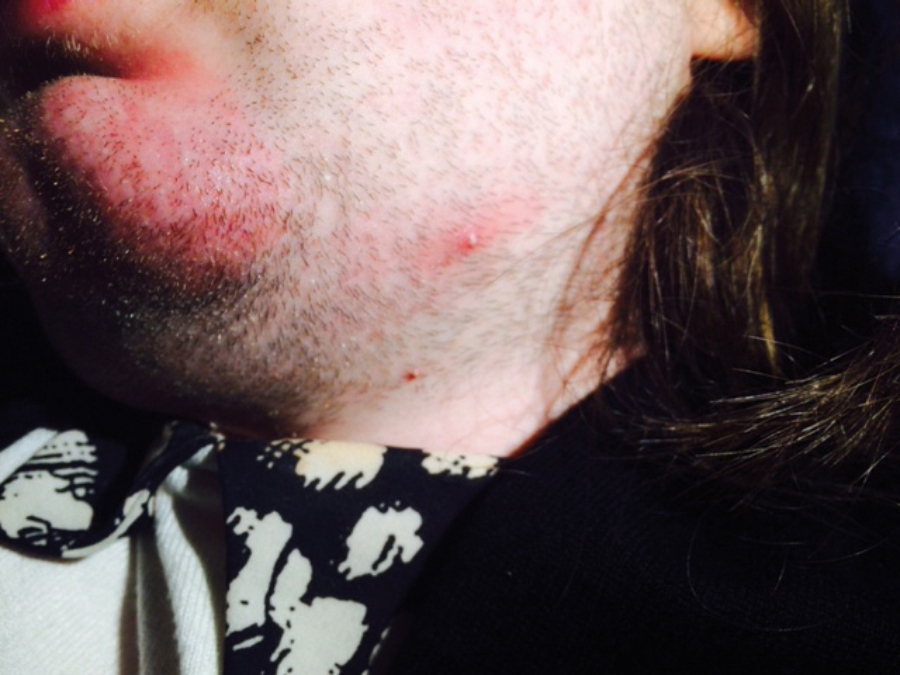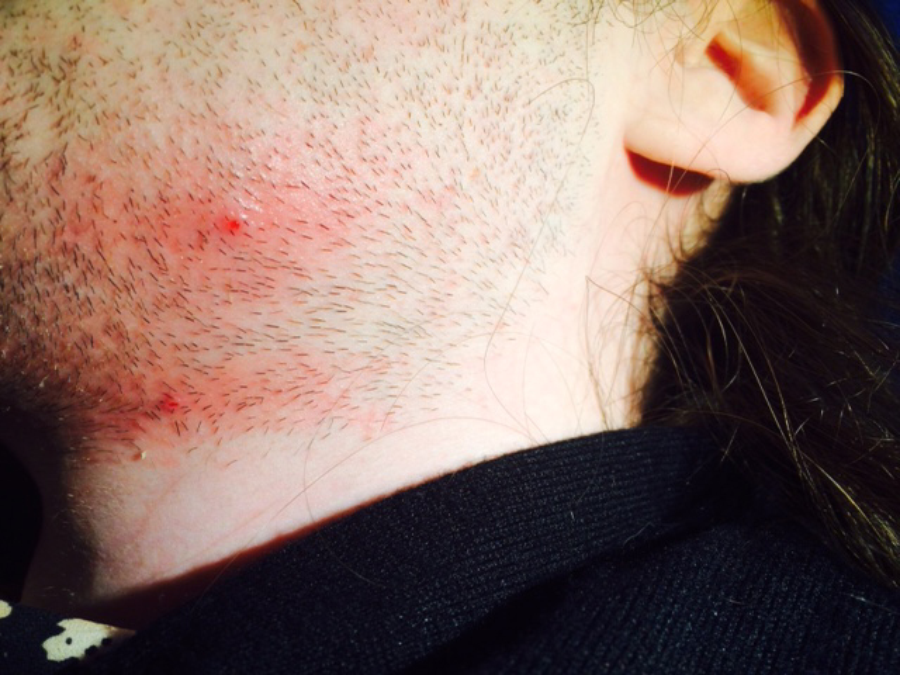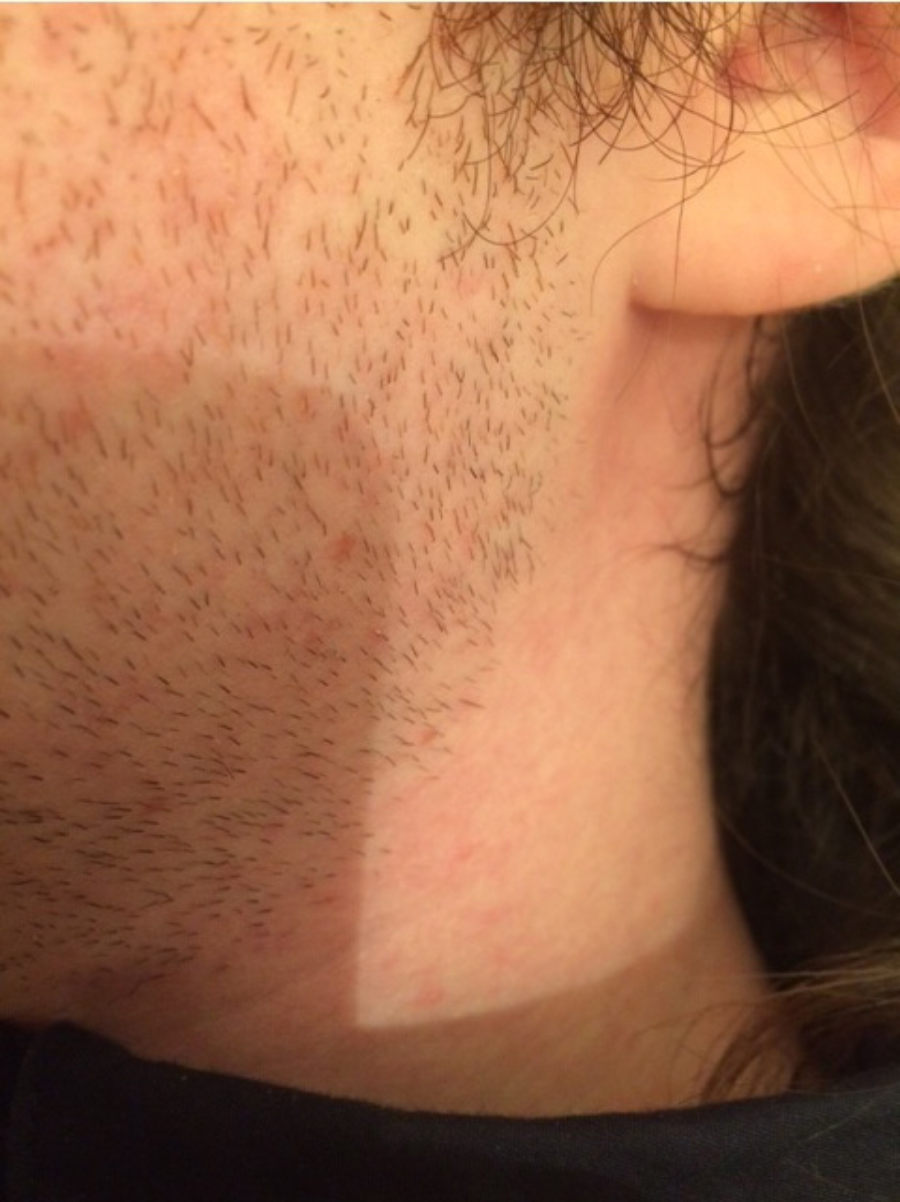Sebaceous gland ablation (SGA) offers a long-term solution to persistent acne. This is an exciting new treatment which is bringing hope to acne sufferers everywhere.
What is acne?
Acne is an unsightly skin condition which causes thickening and inflammation of the skin tissues, along with comedones, milia, pustules and sebaceous cysts. For the vast majority of people, it occurs generally in puberty, and is resolved by adulthood; however, in some cases (20-30%) it can persist into middle age. Often, sufferers are left with permanent scarring even after the condition subsides.
Conventional treatment includes the use of oral antibiotics, topical lotions and medicated washes. Particular medications, such as Roaccutane, often cause unpleasant side-effects which can be distressing for the patient.
In many cases, these yield successful results for the duration of treatment, but patients often suffer relapse upon cessation. As yet, they can only offer a temporary solution to a long-term problem.
What is SGA?
Sebaceous gland ablation is the selective destruction of the hyperactive sebaceous gland by a high frequency current (thermolysis). This treatment instantly eases the sensation of pressure and pain experienced by the patient suffering with severe cystic acne; without the side-effects of scarring. It typically leads to visible improvement and reduction of lesions within two to three days of treatment, as opposed to the several weeks that untreated lesions can take to heal on their own.
Figure 1: Patient before treatment.
Figure 2: Patient after first treatment.
Figure 3: Patient five days post treatment.
What is its history?
The first work into this revolutionary treatment began with the use of selective photothermolysis in 2002. This was pioneered by Lloyd and Mirkov, who used indocyanine green chromophore (IGC) preloaded into enlarged sebaceous glands, and targeted with a long pulse diode laser [1].
By 2007, the treatment concept had evolved, and Kobayashi and Tamada conducted a pilot study, this time using thermolysis [2]. Although there was a sample of just 15 women aged 23-36-year-old, the results were encouraging. Participants were treated four times in total, with each treatment lasting between 60 and 90 minutes. In all cases, a 40 watt high frequency current was discharged to the affected lesions for 0.25-0.5 seconds, and one needle insertion per pore was performed, as preliminary studies using three insertions per pore resulted in erythema that persisted for up to one month.
More recently, in 2012, Lee et al. treated 12 Korean patients (six women and six men) with an average age of 24 years [3]. All patients received three treatments, carried out at one month intervals. Again, a high frequency current of approximately 40 watt was applied to each lesion for an average of 0.25-0.5 seconds. The average treatment duration was approximately 10 minutes per 10 lesions.
Today, SGA is in its infancy in the UK, but is well established in both Australia and the USA as an effective solution for long-term acne management.
How is it carried out?
The procedure for sebaceous gland ablation is relatively straightforward. Clients should be given a full consultation with medical history investigation, and a thorough explanation of the treatment. The skin should be analysed and prepared with the appropriate antibacterial products. In some cases, topical anaesthesia is used. According to the size of the client’s pore or cyst, an appropriate insulated needle should be selected. The intensity of frequency should be determined by the size of each lesion to be treated. The skin should then be gently stretched, and the needle inserted into the centre of the lesional follicular pore. A high frequency current can then be discharged for a fraction of a second (usually 0.25-0.5 seconds, depending on the equipment being used), until the inflammatory content softens and rises to the skin surface.
At this point, an antiseptic swab is often used to wipe away any discharge, before the electrolysist or dermatologist re-enters the pore and gently stretches it, without using any current. This allows any further sebaceous matter to escape. Should it be required, gentle extraction can then be performed, before the qualified professional re-enters the pore one final time, to discharge one to two bursts of high frequency current, thus drying out the sebaceous gland. Finally, an appropriate soothing antiseptic solution should be applied, and the client should be advised of an at-home skin care routine and precautionary measures.
How successful is it?
Overall, the results from this emerging treatment are promising. Lloyd and Mirkov’s study in 2002 showed a degree of success. Post treatment, the targeted areas were reviewed a number of times over a 10-month period; it was found that folliculosebaceous units had been successfully destroyed and evidence of tissue necrosis was present.
Although a small pilot study, Kobayashi and Tamada’s 2007 work demonstrated positive results. Follow-up appointments were carried out at six months post treatment. Of the 12 subjects that returned for observation, all showed a reduction in acne lesions, and all reported a reduction in the greasiness of their skin. Kobayashi and Tamada note that with selective electrothermolysis, the treatment outcome is highly dependent on the therapist’s skill, unlike with laser machines, where the quality of the apparatus would have a significant impact on outcome.
The results of Lee et al.’s 2012 study were very encouraging, with all subjects showing a reduction in acne lesions after three treatments, and most of these being classified as demonstrating clinically successful results after just one treatment. The patient satisfaction scores were high, with 59% reportedly being ‘very satisfied’ with the outcome. A year after the treatment, two subjects did report a relapse, but the results were mild.
What are the side-effects?
As the treatment is non systemic, it is highly unlikely to cause side-effects. However, due to the nature of the treatment, some transient erythema should be expected. It is also possible that when the inflammatory content is released from lesions, it can spread to surrounding tissues, causing further inflammation. This was reported as a noted side-effect by Lee et al. Crucially, the procedure is non-damaging to the skin tissues and as such, scarring and pigment alterations are highly unlikely when performed by a professionally trained dermatologist or electrolysist, assuming appropriate aftercare is pro-actively followed by the client.
References
1. Lloyd JR, Mirkov M. Selective photothermolysis of the sebaceous glands for acne treatment. Lasers Surg Med 2002;31:115-20.
2. Kobayashi T, Tamada S. Selective electrothermolysis of the sebaceous glands: treatment of facial seborrhea. Dermatol Surg 2007;33:169-77.
3. Lee JW, Kim BJ, Kim MN, Ahn GY. Selective sebaceous gland electrothermolysis as a treatment for acne: a prospective pilot study. International Journal of Dermatology 2012;51(3):339.
Further information
The British Institute and Association of Electrolysists has a small group of highly trained electrolysists currently offering SGA treatments in clinics throughout the UK, and hopes to offer training courses for its members in the future. For more information, please contact the BIAE at www.electrolysis.co.uk.
Declaration of competing interests: None declared.
COMMENTS ARE WELCOME







